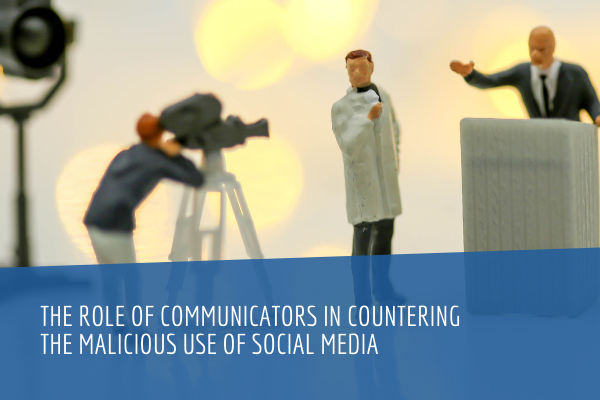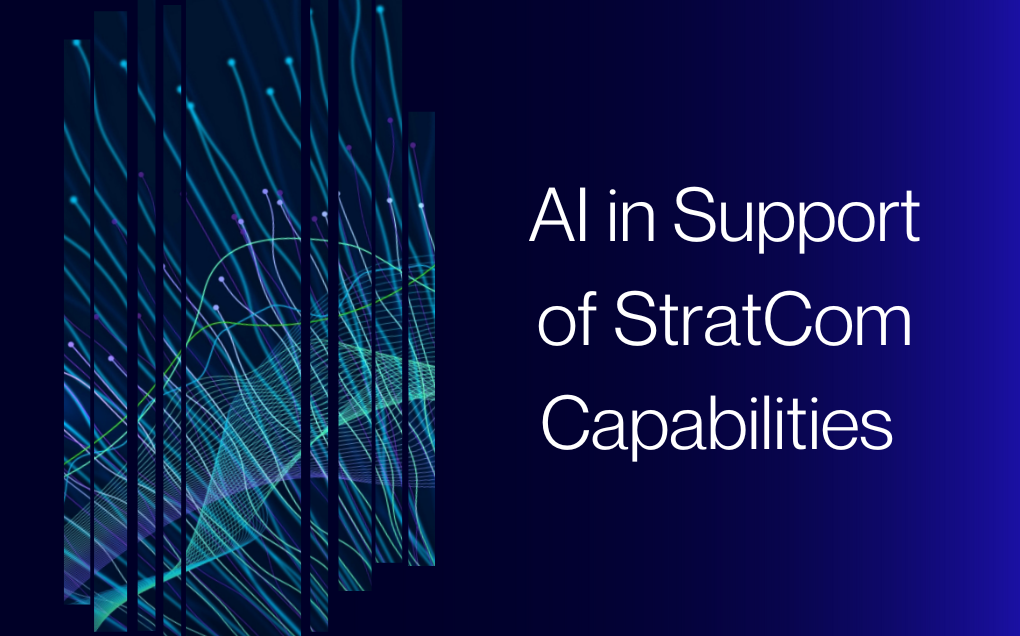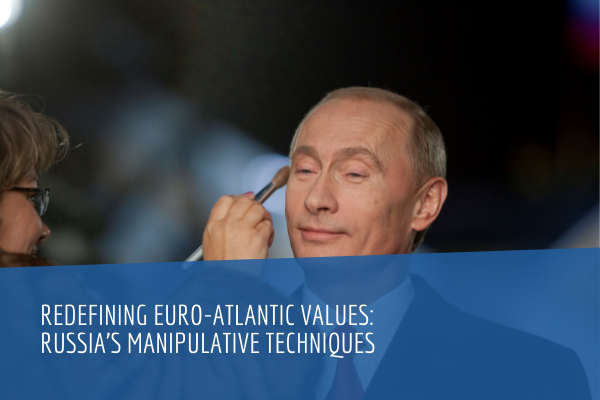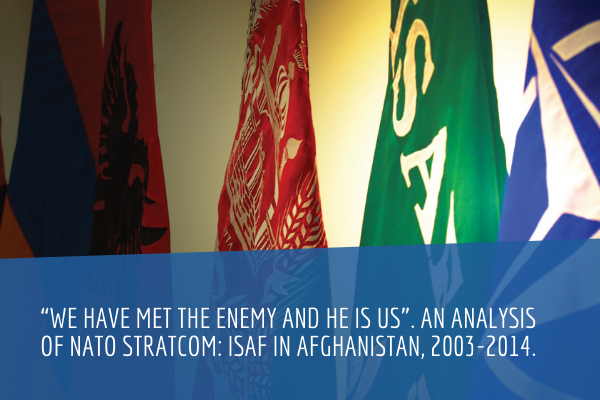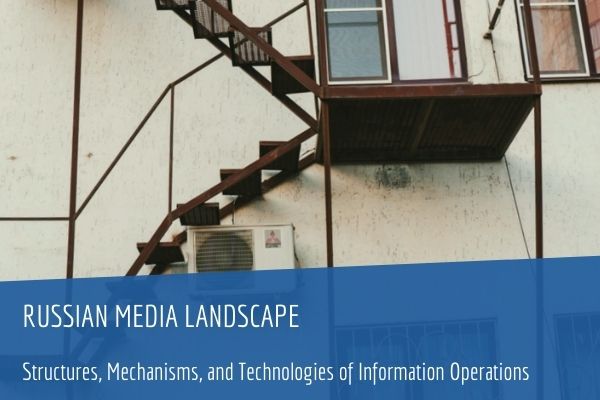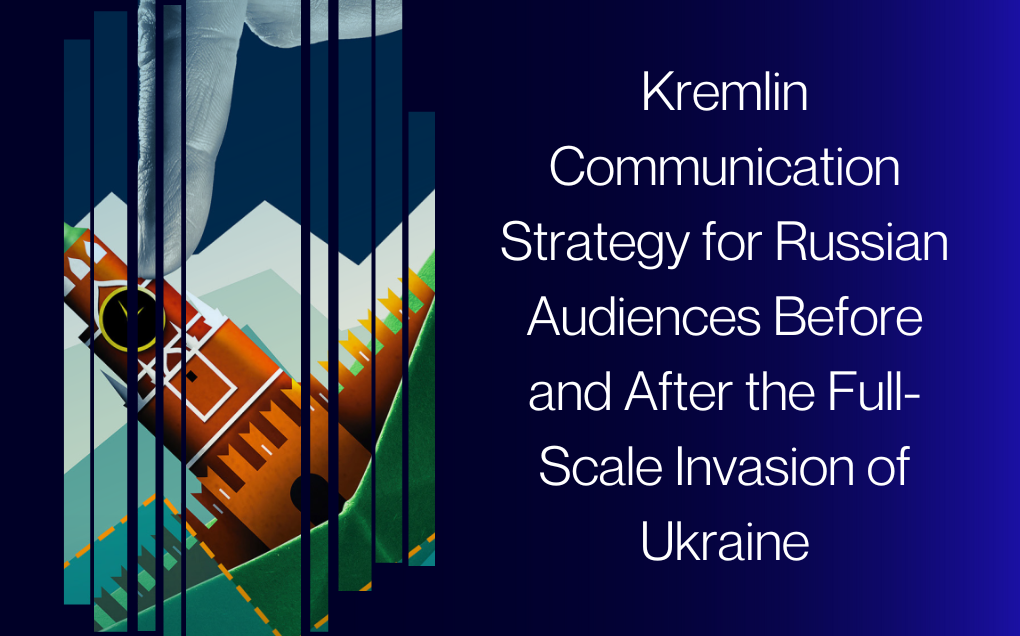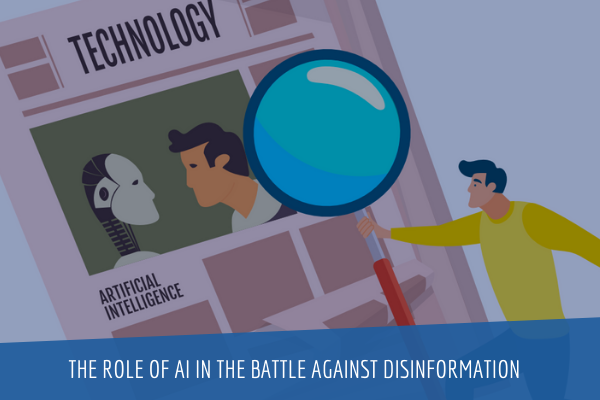Introduction
This brief discusses the role of communicators in countering the malicious use of social media. It is based on the report ‘Countering Information Influence Activities: The State of the Art’ (2018) developed by the Department of Strategic Communication at Lund University and published by
the Swedish Civil Contingency Agency (MSB). This brief is divided into three sections: understanding, identifying, and counteracting information influence activities. The Understanding section covers defnitions, diagnostics, and vulnerabilities. Identifying provides a basis for analysing the narratives, target groups, and techniques used in information influence activities. Counteracting covers preparation, action, and learning.
About this brief
This brief outlines the findings of the Department of Strategic Communication at Lund University and Swedish Civil Contingencies Agency (MSB) research report ‘Countering Information Influence Activities: The State of the Art’ (2018) and relates them to the NATO StratCom COE projects on countering abuse of social media and malicious use of data. The original report was commissioned by MSB as part of Sweden’s preparation for the 2018 elections and sought to deepen and widen our understanding of how information influence works and how it might be countered from a communicator’s perspective.
Conclusion
The exploitation and abuse of social media to illegitimately influence decision-making and opinion-formation clearly fits within the broader framework of information influence activities and can be fruitfully approached from a strategic communications perspective. Our approach does not address the larger challenge of designing adequate oversight and regulatory frameworks for social media and user data, nor does it address the issue of responsibility of social media companies or the underlying conflicts between states, However, our model for counteracting information influence activities provides a framework that professional communicators in the public sector can use to identify, assess, and counter many of the effects of such malicious behaviour. This is a small but vital aspect of protecting open societies from the harmful effects of hostile information influence activities.
Even so, counteracting information influence activities cannot easily be reduced to a checklist. Ideally, our counter-measures would be the enlightened response of educated, informed, and skilled communicators, who seek to determine the best course of action in each instance. Successful examples must be recorded, analysed, and shared. The subtitle of our research report—The State of the Art—reflects the idea that counter-influence is an art rather than a science. Ultimately, it is the art of counter-influence that will shape social resilience to these threats, and will determine whether the vulnerabilities in our cognitive, public opinion, and media systems are in fact strengths to be nurtured.
